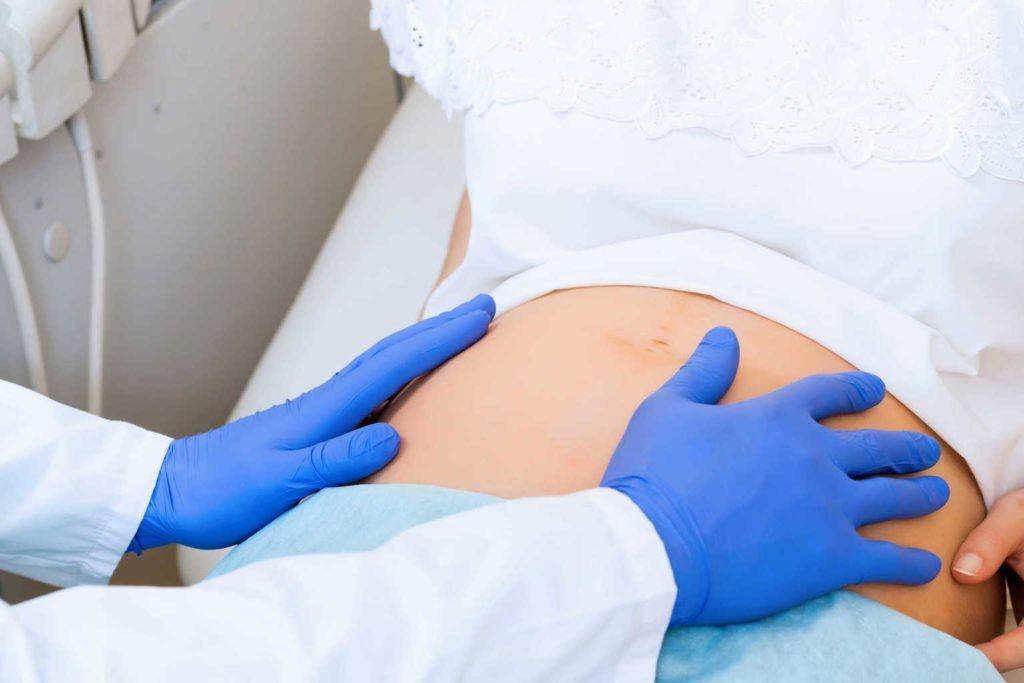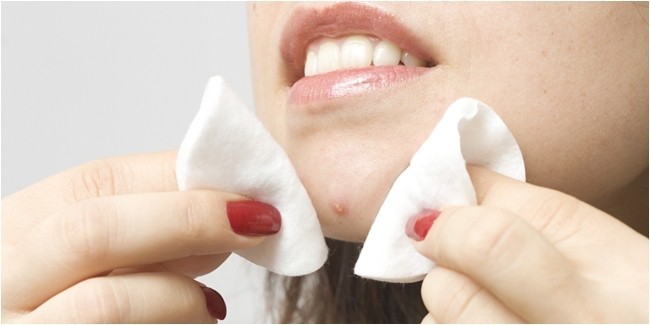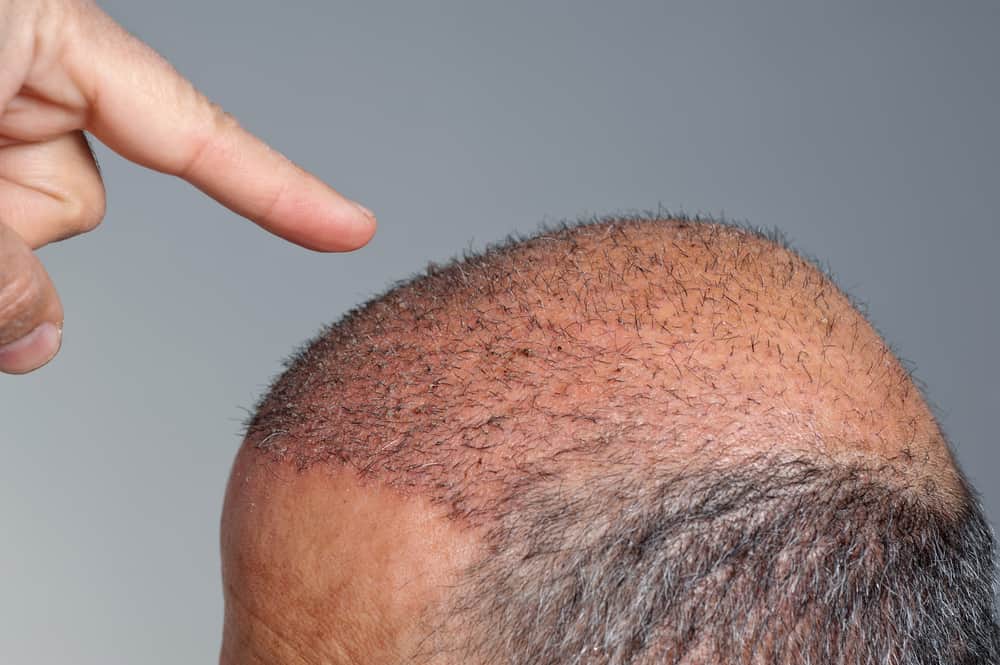Contents:
- Medical Video: Caring for your perineum after the birth of your baby
- Will the vagina be torn during childbirth?
- What kind of tear requires stitches?
- What causes a tear to occur during childbirth?
- What is the process of suturing vaginal tears?
- How do you speed up the process of healing stitches after giving birth?
- How do you relieve pain in stitches?
- What signs of my vaginal suture have problems?
- Can we prevent stitches?
- Can vaginal sutures cause problems?
Medical Video: Caring for your perineum after the birth of your baby
Even though your vagina and perineum (the area between the vagina and anus) are elastic, your baby may need more space during labor. If the perineum stretches to tears, you will need stitches. And after giving birth, besides being preoccupied with taking care of the baby, you also have to be careful about taking care of vaginal sutures to heal quickly and not infection.
Will the vagina be torn during childbirth?
About 9 out of 10 mothers experience vaginal tears to a certain extent. This may sound alarming, but usually the tears that occur are not severe. The midwife or doctor will check carefully to see if there is a tear after your labor. Even though about 60% -70% of cases require stitches, but the 3rd or 4th stage tears are rare.
You will also need stitches if an episiotomy is done on your perineum to help your baby be born. About 1 in 7 women get an episiotomy during childbirth.
You will need an episiotomy if your baby needs help with equipment, such as forceps or ventouse, or the baby needs to be born soon. Although episiotomy usually resolves within 2 weeks of delivery, it can take up to 6 months for the area to fully recover. Sometimes, an episiotomy can tear after an incision is made.
Apart from experiencing a tear or needing an incision, you may also experience several bruises. Large, swollen bruises are called hematomas. Small hematomas usually disappear without needing to be treated, but sometimes the fluid needs to be removed.
Bruises and hematomas are usually caused by pressure from the baby's head as it passes through the opening of your vagina. If your baby needs help during labor, some equipment can also cause bruising.
What kind of tear requires stitches?
The midwife or doctor will check how severe your tear is. There are 4 stages of rips:
- The first stage: a small tear that will heal without stitching.
- Second stage: deeper tears that tear muscles and skin, usually requiring stitches. You can also choose to be allowed to heal naturally without seams, but the healing process will last longer.
- Third phase: deep and severe tears, affecting the skin and perineal muscles, and reaching the muscles around the anus (anal sphincter). Always need stitches.
- Fourth stage: deep and severe tears that exceed the anal muscles and can reach the intestine, and always require sutures.
Sometimes a tear can also occur near the vulva. This can be left to heal on its own or sewn.
What causes a tear to occur during childbirth?
Only about 1 in 100 women with normal labor experiences third or fourth stage tears. It is difficult to predict if you will experience a tear, but you will be more prone to experiencing severe tears, if:
- This is the birth of your first baby
- Your baby's position is breech
- Your baby's weight is more than 4 kg
- Your baby is born with the help of forceps
It is unclear exactly what epidural use will make tears or not. Other things that occur during labor can also affect the occurrence of tears.
What is the process of suturing vaginal tears?
If a tear occurs immediately, you will be given anesthesia in the delivery room, and the midwife or doctor will sew the rips carefully.
Many labor units recommend that sutures be carried out directly, as soon as the baby comes out. This can reduce the pain that will arise afterwards. The stitches will dissolve by themselves and do not need to be removed again.
If you have a serious tear, you will be taken to the operating room for an obstetrician to stitch. You will be given an anesthetic so you don't feel pain. Anesthetic is usually given locally, via the spinal or epidural, which will make the area numb. However, sometimes general anesthesia is needed.
A thin tube (catheter) will be inserted into the bladder to collect urine. This will speed up the healing of your perineum. You may be given an infusion of the arm to give fluids. Painkillers can relieve pain after the effects of the drug disappear. You will need plenty of 24-hour rest after stitching, but you are advised not to sit for a long time.
How do you speed up the process of healing stitches after giving birth?
Keep the vaginal sutures clean to reduce the risk of infection, and do the following tips:
- Take a bath at least once a day.
- Change your sanitary napkins regularly and wash your hands before and after.
- Do the exercise pelvic floorwhich can help healing, improve circulation, and prevent leaks in your intestines or urinary tract. One of these exercises is with Kegel exercises.
- Wind-airing vaginal sutures. Remove your underwear for 10 minutes and rest in bed, 2 times a day. Cover your bed with a clean, unused towel. Use cotton shorts that are a little loose and avoid tight pants. Wearing a skirt or loose pants can help air circulation.
- Drink lots of water and consume foods that are rich in fiber, such as whole wheat bread, brown rice, fruit and vegetables, to prevent constipation.
It will be very helpful if you can defecate easily. If you have a serious tear, you will be advised to take antibiotics for 5 days to avoid infection. You will also be given a laxative to be able to defecate easily without disturbing the seams.
How do you relieve pain in stitches?
If the stitches are uncomfortable during healing, you can try the following tips:
- Paste cold compresses or ice cubes in plastic wrapped in clean cloth on the perineum. Don't use it for more than half an hour. Wait for up to one hour before repeating use.
- Flush with warm water in the area of the vaginal suture after urinating. This can rinse urine and reduce pain, and keep the perineal area dry. Then dry with toilet paper, in the direction from front to back.
- Do not use a hairdryer in the vaginal suture area.
- Do not use a tampon until you have fully recovered and have been examined by a doctor.
- If you feel uncomfortable sitting down, try sitting on a pillow.
- Sitting in cold water can reduce swelling. After the stitches improve, you can take a shower with warm water, or add a few drops of lavender oil or tea tree oil to the water. There is no evidence that this can help healing, but can provide comfort for you. Sit on water for about 20 minutes, 2 times a day. Dry the seam with a soft, clean towel.
- Use painkillers. Paracetamol is one of the good choices for relieving pain in the perineum. If you need a stronger pain reliever, you can try ibuprofen. But if your baby is premature or is born with a light weight, ask your doctor before using ibuprofen.
- Standing is good for circulation, but if you feel uncomfortable in your perineum, sit down for a long time.
What signs of my vaginal suture have problems?
The tear or episiotomy will generally heal by itself. Bruising will improve within a few days and sutures will improve within 3 or 4 weeks after delivery. After 2 months, you will not feel sick anymore. Even if you have a serious tear, you won't experience any more problems a year after your baby's birth.
You must seek help, if:
- The stitches become more painful or smelly, maybe you have an infection.
- You have to rush to the toilet to defecate.
- You cannot control your bowel movements when you dispose of the wind.
- Pain when urinating and often want to use the restroom.
- You have serious pain in the lower abdomen or around the perineum.
- Your body temperature is high.
- In your dressing there are lochia, blood, or blood clots.
- Other unusual problems.
If you are worried about having sex, you can consult a doctor. It's natural if you feel worried about having sex if you have stitches and bruises. Share your feelings with your partner about your concerns about sex.
Can we prevent stitches?
Massaging the perineum several weeks before birth can help the perineum become more elastic during labor. This can reduce the possibility of stitches, episiostomy, or tears.
Instructors in pregnancy classes can teach you. Using warm compresses on the perineum during labor can also reduce tears.
Can vaginal sutures cause problems?
Some women experience long-term pain in the perineum or difficulty controlling bowel movements. Nearly ¼ women who experience sutures after labor can feel sick during sex, or have urinary problems.
You can prevent this by regular Kegel exercises, and seek help if conditions don't improve. With proper handling, problems caused by sutures can be cured.












